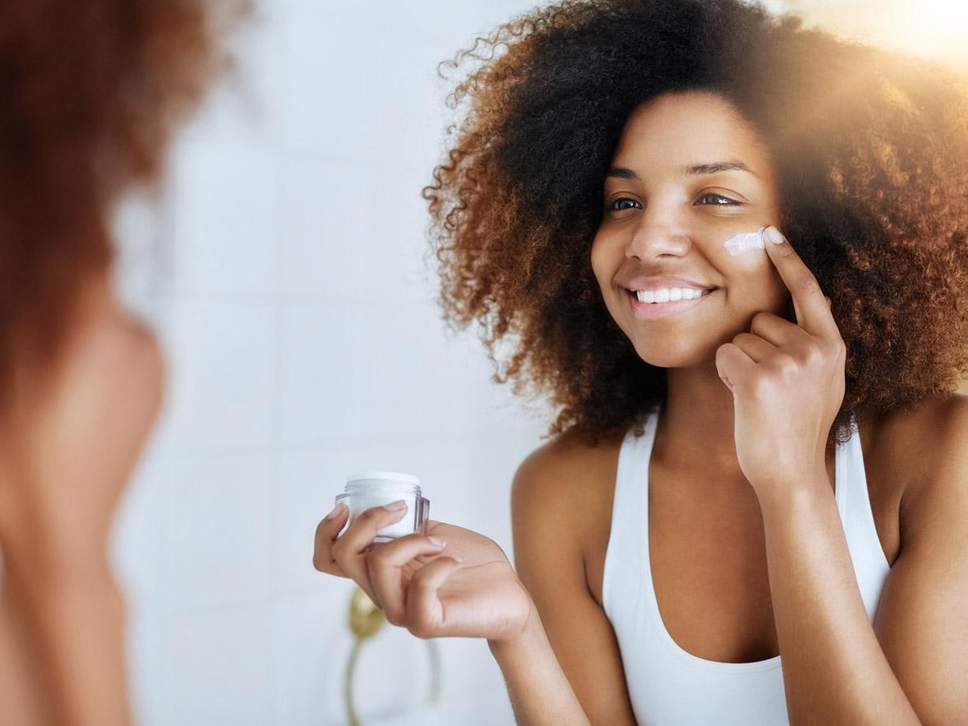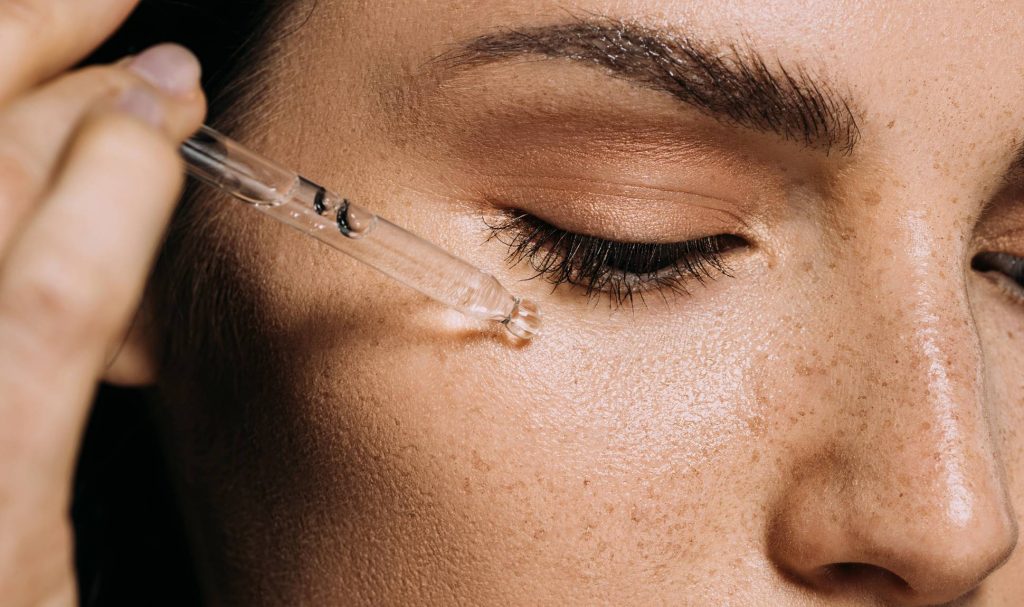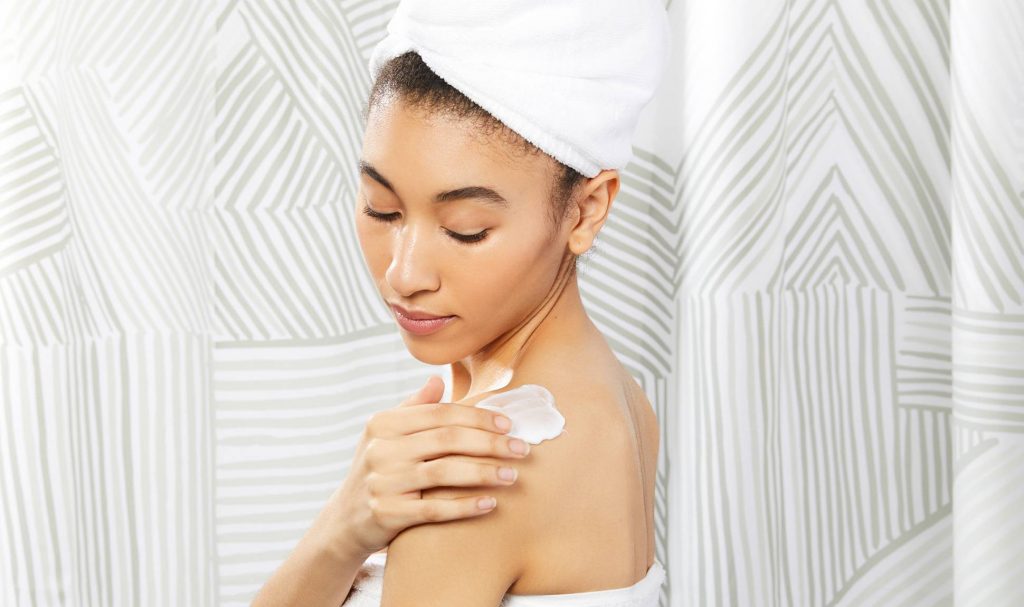Does the order you apply your skincare products really matter? The short answer, yes.
The way in which you should apply your beauty buys can be baffling but even if you have the most amazing skincare routine in the world applying your products in the wrong order can prevent you from receiving the full benefits.
If you don’t do so it can diminish the overall effectiveness of your routine and even leave skin irritated, dehydrated and broken out.
So, which product goes on top of what? To find out, we asked London-based cosmetic dermatologist Dr Sam Bunting, who insists you cannot build a successful regime without the fundamentals being right.
Cleanser
It’s a good idea to start with a clean, blank canvas so using a cleanser is always the first step. Dr Bunting suggests investing in a good quality product that will thoroughly remove makeup, SPF, oil and grime
“Most importantly, it must also do no harm, i.e. no clogging of pores and no dry, tight feeling,” she tells The Independent.
Toner
Dr Bunting says that many people choose to skip this category. However, in principle, toner should come after cleanser.
“Modern cleansers rinse clear and shouldn’t disturb skin pH, rendering toner a bit redundant,” she says.
“And as far as depositing actives on the skin, there are better, more precise ways of doing that with leave-on products.”
Serums and spot creams
“I think it’s sensible to consider spot cream and serums under the category actives – meaning a specific ‘dose’ of product containing ingredients with a corrective purpose,” Dr Bunting explains.
“This could mean a targeted spot cream, containing salicylic acid or it could mean an anti-ageing ingredient like retinol in a serum format, which would be useful to apply all over.”
It’s important to choose an active at a strength and in a format that suits your skin type and to apply in a way that maximises penetration – ideally, on just-cleansed skin.
Eye cream
Another optional category, not everyone chooses to use an eye cream but there are those who prefer a dedicated product because it absorbs nicely into the under-eye area.
Dr Bunting suggests if you’re using a serum beforehand to use one that contains an ingredient that will benefit the under-eye area, such as vitamin C.
Moisturiser and face oil
The next step in your routine is to lock-in water so reach for a moisturiser and apply in an upwards and outwards motion.
Dr Bunting says you could use a face oil instead but that they’re not a category of product she would encourage as they can trigger breakouts in blemish-prone skin.
“But, if that’s not an issue for you, this is where I’d use them,” she says.
SPF
The final step in your skincare regime should be a sunscreen. “This is a non-negotiable if you care about preventing ageing and it should be applied evenly all over the face, which encourages systematic and even application,” she says.
Still confused? Don’t be. If you prefer to keep your skincare routine paired back, the easiest way to get it right is to apply products from lightweight format to heavy, as this will prevent blocking absorption.




